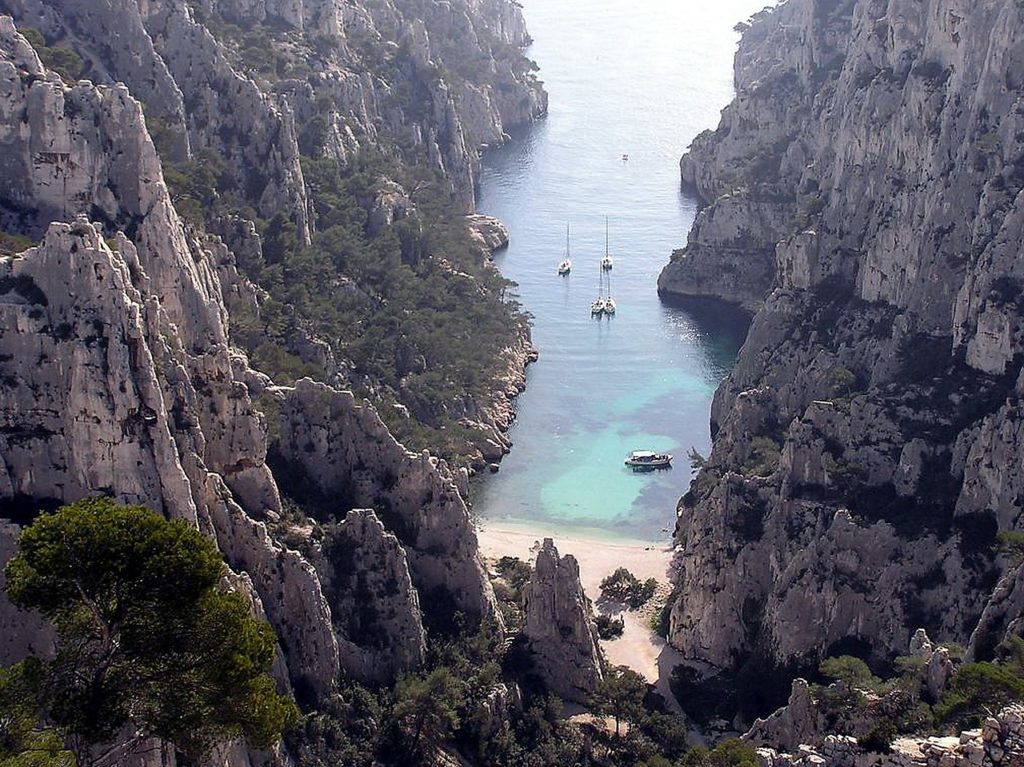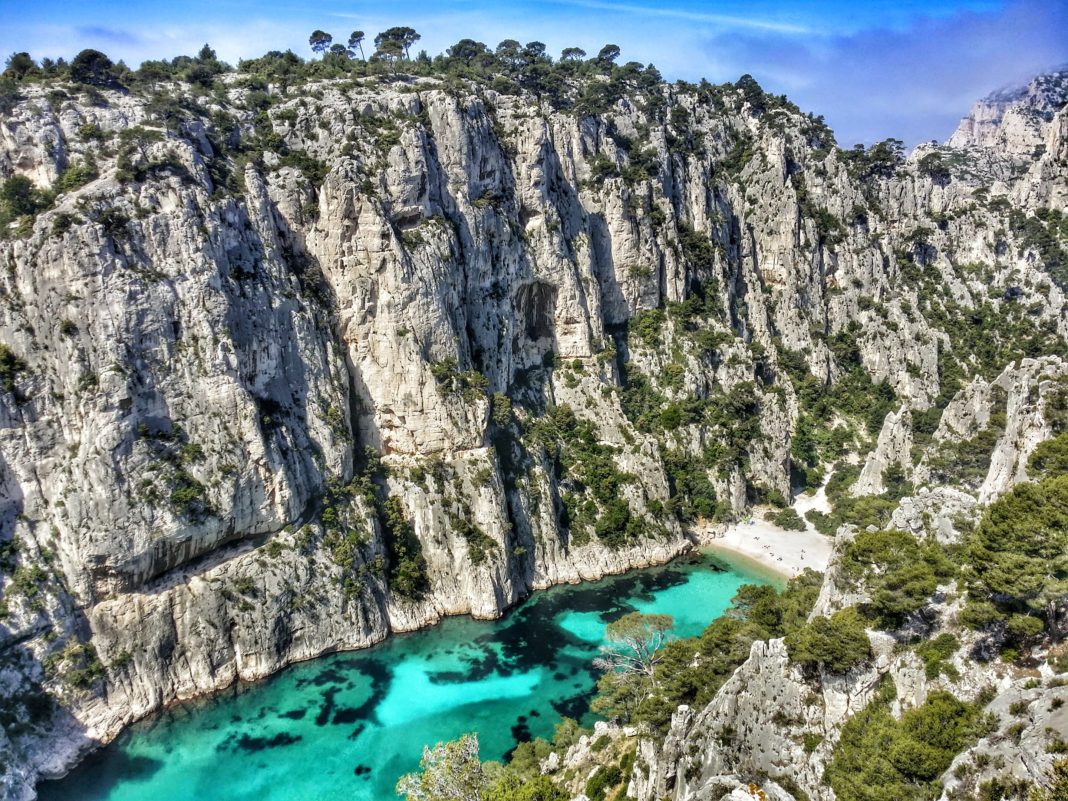Here, the Calanques National Park is a protected and highly regulated area, stretching over 20 km from Marseille to Cassis, with 26 Calanques of various sizes (25 in Marseille and 1 in Cassis). Some are easily accessible and others are a lot less.
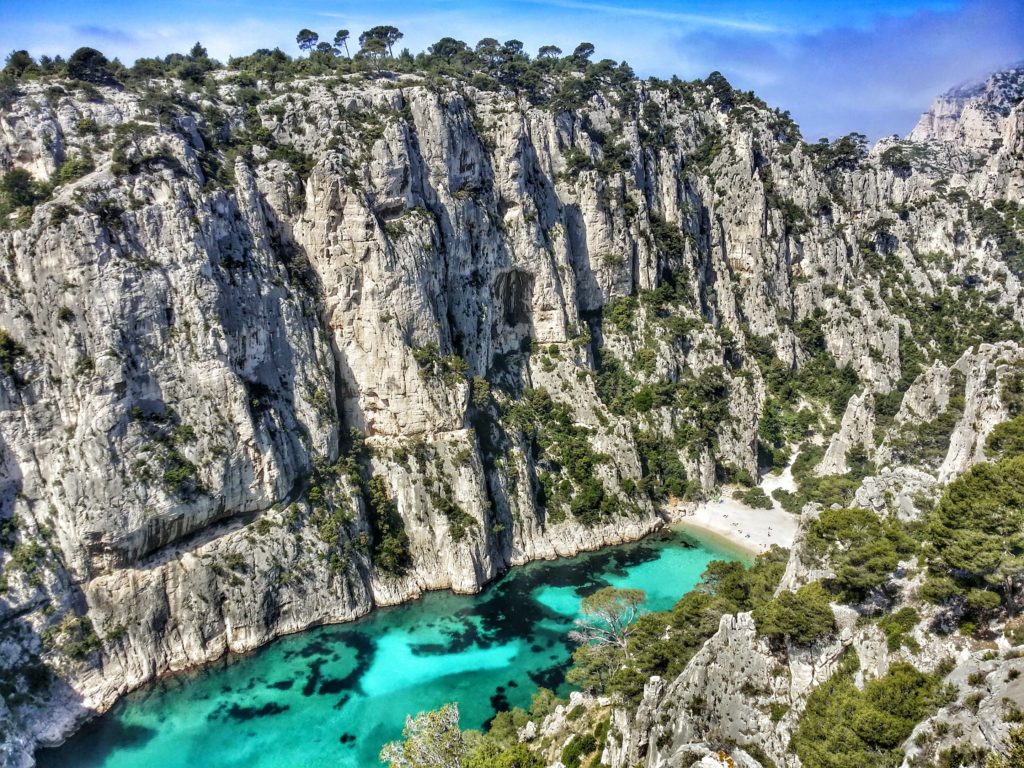
A Calanque is a unique kind of geological formation made of limestone. They are big rocky coves forming a steep and narrow valley inland and are mostly found around the Mediterranean Sea. A calanque is a steep-sided valley formed within karstic regions either by fluvial erosion or the collapse of the roof of a cave that has been subsequently partially submerged by a rise in sea level.
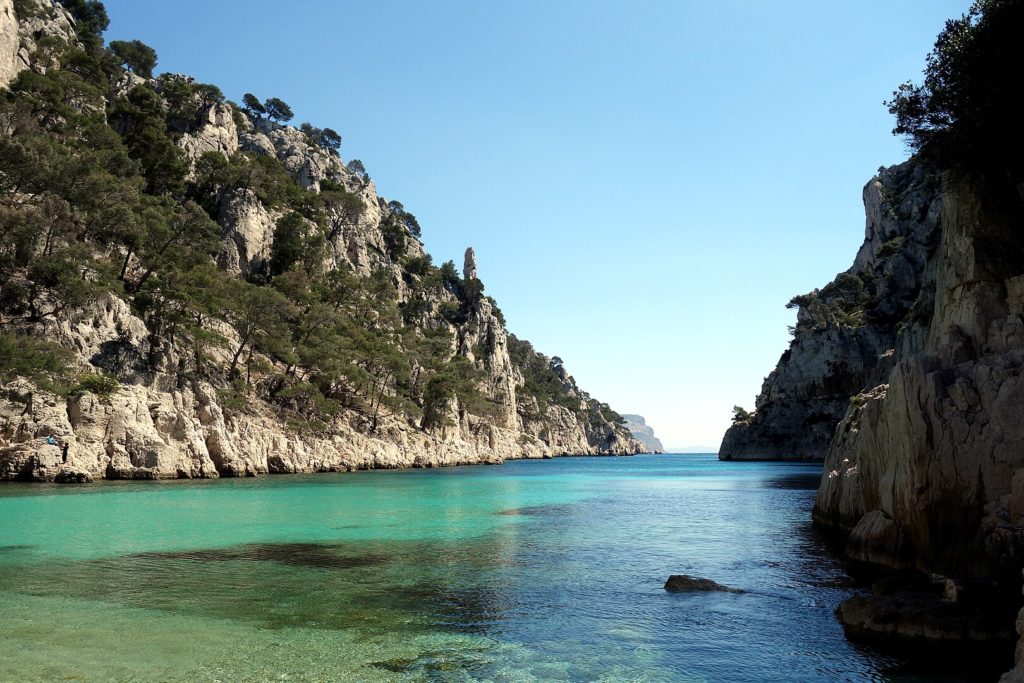
Along the coast of the Mediterranean Sea, some of the valleys, which were flooded to form calanques, might date back to the Messinian salinity crisis between 5.96 and 5.32 million years ago. During this period of time, the Mediterranean Sea became isolated from the Atlantic Ocean and its surface level dropped as much as 1,500 m below the level of the Atlantic Ocean. As a result, not only did evaporates accumulate on the abyssal plains of the Mediterranean Sea, but also rivers flowing into it deepened their valleys by hundreds of meters.
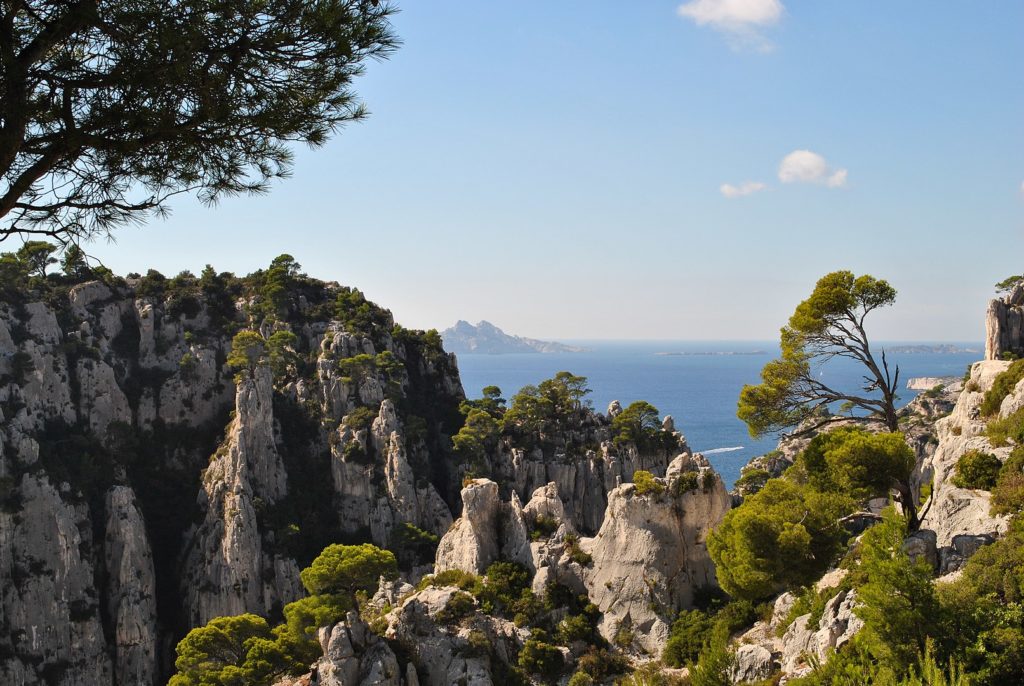
The Calanques between Marseille and Cassis are popular amongst tourists and locals alike, offering several vantage points (such as the Corniche des Crêtes and Cap Canaille) allowing spectacular panoramas. Some Calanques are more accessible than others and are better suited for families. Other Calanques which are harder to reach will be perfect for hiking lovers, and their efforts will be well worth it.
